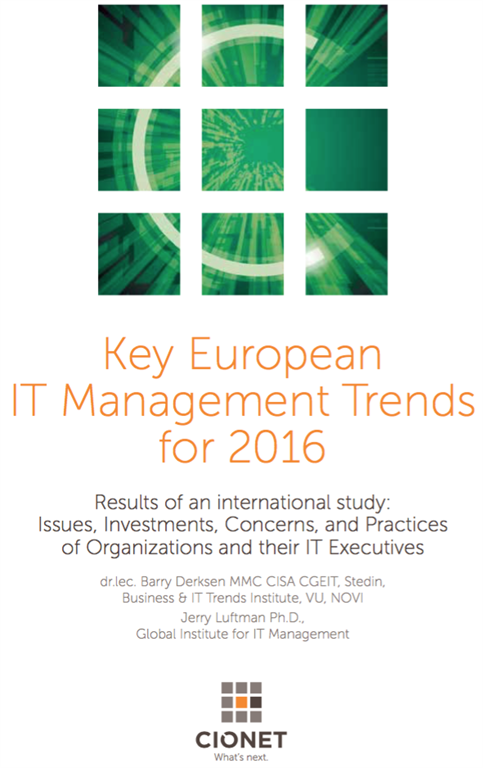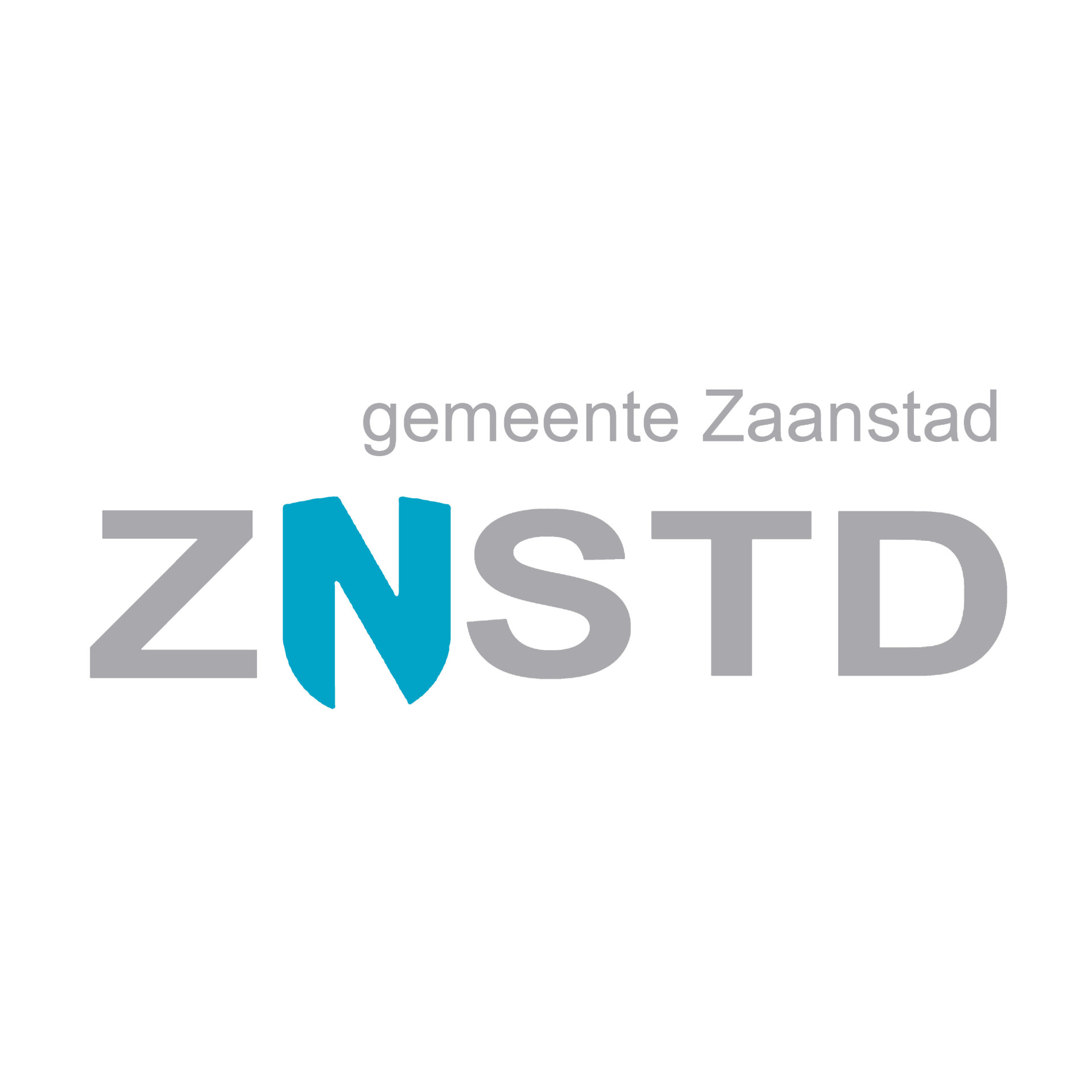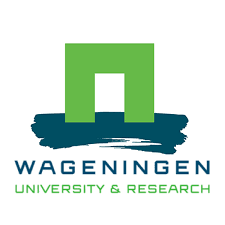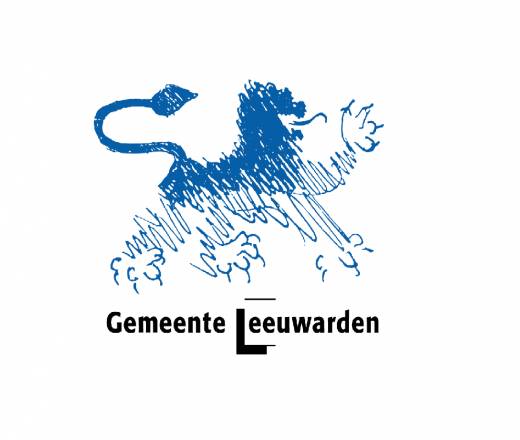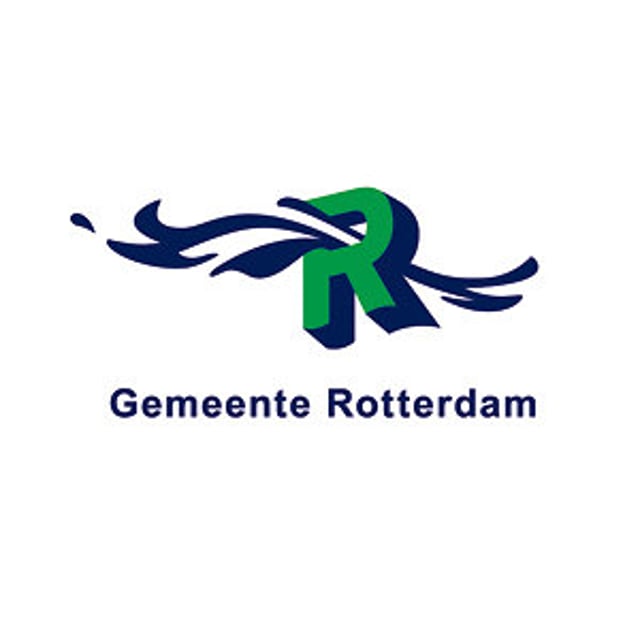Since the mid 1990’s the Global Institute for IT Management (which facilitated the annual SIM research which has been conducted since in 1980) and Business & IT Trends Institute have been conducting research on trends in IT management. This award winning research has helped IT leaders and nonIT executives around the globe better understand important IT related issues and trends. For CIONet Europe, this is the fth annual re search based upon the same research survey. This report presents the major findings from 2,650 IT executives from around the globe; 579 organizations within Europe representing 26 European countries.
This year organizations continue to have a growing investment in IT to improve operations, reduce costs, and enable/drive strategies. IT budgets, hiring and salaries are increasing modestly and IT executives are cautiously optimistic that this trend will continue into next year. This is also true for the focus of this report: Europe.
This report focuses on Europe in comparison with the other continents especially as it pertains to the following important IT topics:
- IT spending patterns, including sourcing and the use of cloud and shared services.
- IT workforce trends, including retirement forecasts and specifics about the performance measurements used for in-house and outsourced IT, as well as to evaluate IT executives.
- To whom CIOs report, how they allocate their time, with whom they spend it, what they do with them, and what they think about the changing role of IT in strategy and innovation.
- Skills required for the success of new IT hires, mid-level IT professionals, and CIOs.
- The views of senior IT leaders about their most important and worrisome IT management issues/concerns and technologies.
Overall, the research in IT is becoming more strategic and business- focused. It appears that organizations are becoming more digitized with their focus shifting away from tactical and organizational IT issues like efficiency, service delivery, and cost reduction
to more strategic and organizational priorities like business agility, innovation, the velocity change in the organization, IT time to market, and the value of IT
to the business. Time will tell if this is a widespread trend, but it is here now among global and European organizations and it is confirmed by a corresponding shift in how CIOs are spending their time.
